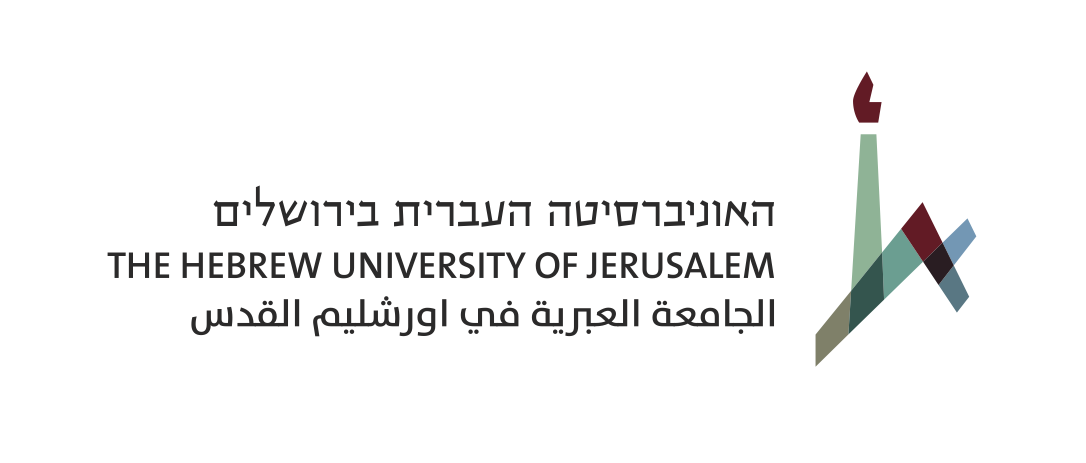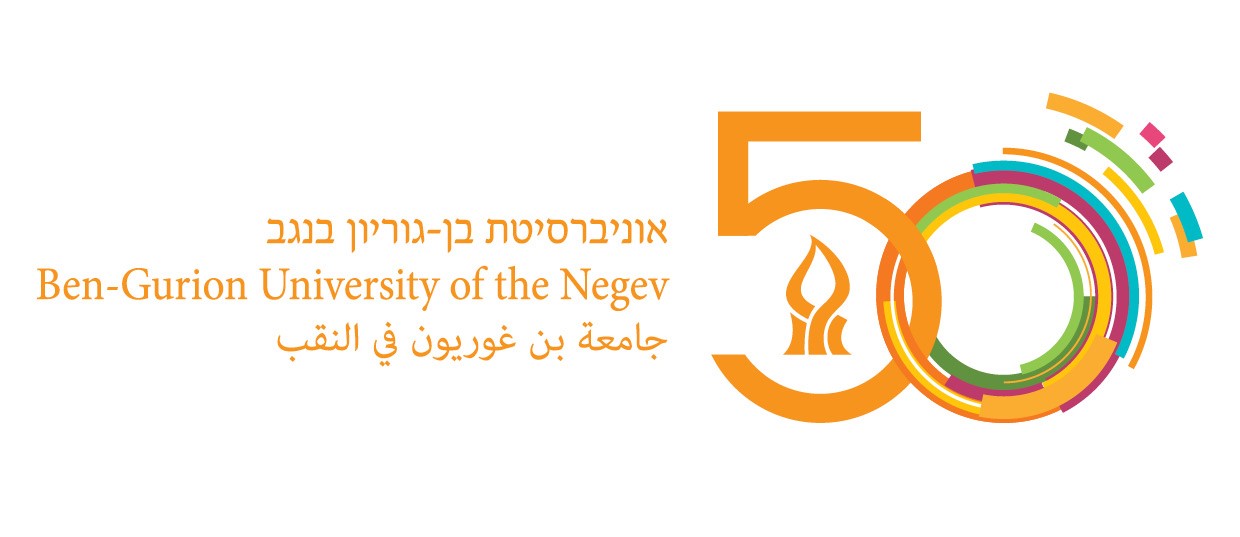The HUJI-BGU-Zoom Workshop in
Arithmetic


The HUJI-BGU-Zoom Workshop in Arithmetic meets twice a semester,
alternating locations, starting from the year 5780. All are
welcome.
The workshop is currently organized by
Ari Shnidman
(HUJI) and Daniel
Disegni (BGU).
4th meeting: Monday and Wednesday, June 29
and July 1st, 2020 - Zoom
The two days will be dedicated to talks by students on a topic
related to their current or future research.
Zoom Meeting ID: 919
4923 6705
Password: 679062
Link:https://huji.zoom.us/j/91949236705?pwd=M011UEVXczZudlVEaE9KOVNFMEpLUT09
Schedule:
Monday June 29:
14:00-- Francesco Saettone (BGU), Lubin-Tate
formal groups
Wednesday July 1:
14:30-- Ido Karshon (HUJI), Elliptic curves
have infinitely many primes of supersingular reduction
15:15-- Yotam Svoray (BGU), On the global
equivalence class of discriminants of ordinary transversal type
singularities
16:00-- Arnon Hod (BGU), Action of local groups of Lie
type on basic affine space and intertwining operators
Abstracts of talks
Francesco Saettone
Motivated by an analogy with the theory of complex multiplication on elliptic curves, Lubin and Tate showed in 1965 how formal groups over local fields can be used to deduce several foundational theorems of local class field theory, beginning by explicitly describing the maximal abelian extension K^ab of a local field K. Lubin-Tate formal groups can be also used to construct the Artin map, named after a similar construction for the global case by Emil Artin. The Artin map gives an isomorphism between the subgroup Gal(K^ab/K^ur) and the integral units of the local field K.
Ido Karshon (14:30-15:00)
Elliptic curves over finite fields come in two flavors, ordinary and supersingular. In the 1980's Elkies proved that for any elliptic curve E over Q, there are infinitely many primes p such that E is supersingular when reduced modulo p. We will give definitions, motivate the problem, and sketch his short but tricky proof.
Yotam Svoray (15:15-15:50)
Turning smooth objects over C into singular objects in many cases simplifies the object but also preserves many geometric properties. A natural question to ask is how do neighborhoods of the singular points look like, and does it matter which singular point we choose? More specifically, if the singular locus of X is non-isolated, then what can we say about how X looks around the different points of Sing(X)?
In this talk we will discuss a subscheme called "the transversal discriminant" in the case where X is a hypersurface, which lets us understand properties regarding the transversality of Sing(X). We will see that it is in fact a Cartier divisor and that we can compute its equivalence class in Pic(Sing(X)), and show how this helps us compute a bound on the jumps of multiplicity in Sing(X).
Arnon Hod (16:00-16:30)
The study of representation theory is the understanding of as much symmetry as possible on a given vector space. We will study the space of square integrable functions on a two dimensional vector space over a p-adic field. By noting group actions on this space we present a decomposition of this space.
Some of the group actions we present can be chosen in a non-unique way. We present a theorem classifying all such group actions.
Dates to be saved
TBA
Past meetings
3rd
meeting, March 30th, 2020 (Zoom)
2nd meeting, January 13th, 2020 (BGU)
1st meeting,
December 16th, 2019 (HUJI)
Locations
HUJI: Einstein Institute of Mathematics, Hebrew University
Giv'at Ram Campus, Jerusalem.
BGU: Deichmann Building for Mathematics (building 58), Ben-Gurion
University of the Negev, Be'er Sheva.
Zoom: www.zoom.us
Directions to the physical locations: you may use Google Maps or
Moovit. (Please note that Google is sometimes optimistic about the
travel time of local buses.)



